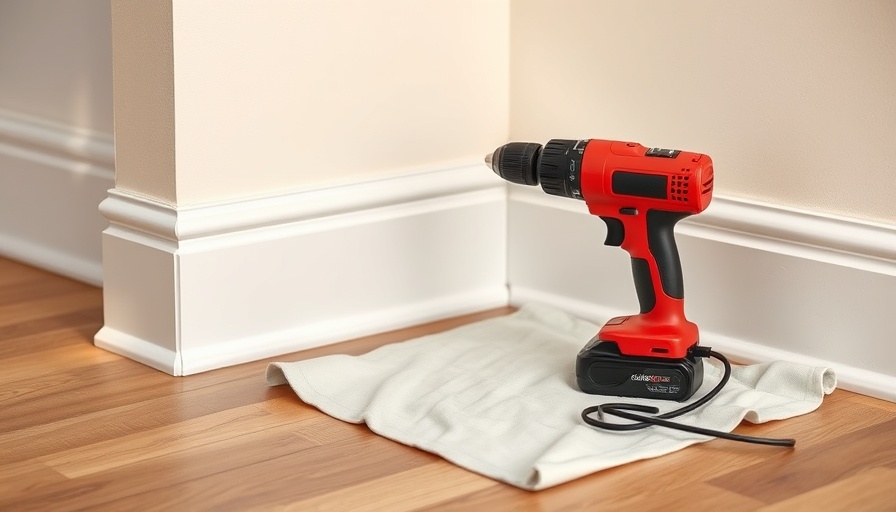
Understanding Ceiling Cracks: What Homeowners Should Know
Seeing a crack in your ceiling can stop you in your tracks. However, not all cracks are created equal. Some might be as benign as minor settling issues, while others could signal significant structural problems. Homeowners who love DIY projects, renovations, and home improvements must distinguish between harmless imperfections and serious red flags.
Why Do Ceiling Cracks Happen?
Ceiling cracks can occur for various reasons, including the natural wear of materials, temperature fluctuations, or even shifts in the foundation of your home. In many cases, a minor crack can result from changes in humidity or temperature, causing materials to expand and contract. However, when these cracks are broad or extensive, they can indicate deeper issues such as water damage, inadequate support, or structural failure.
Scott McGillivray’s Perspective
In the premiere episode of At Home With Family Handyman’s Ask…Scott McGillivray, construction expert Scott emphasizes that ceiling cracks are often just the surface problem of underlying issues. He likens identifying a crack to peeling an onion; you uncover more problematic layers below the surface. It’s essential to address cracks promptly before they escalate into more severe damage.
When to Worry: Key Signs that Indicate Serious Issues
According to Scott, not all cracks require panic, but certain signs should prompt immediate professional assistance:
- Cracks Wider than a Quarter: If the crack is wider than 0.5 inches, seek professional help immediately.
- Crescent Moon Shapes: These patterns can indicate movement within the structure.
- Cracks Accompanied by Other Symptoms: If you notice sagging ceilings, doors or windows that jam, or if the wall below the crack appears stained or discolored, it’s time to call in an expert.
The Importance of Quick Action
Ignoring these warning signs can lead to more extensive and costly repairs. Scott recounts a personal experience of a ceiling collapse that resulted in injury, underscoring how dangerous these situations can become. His advice: quickly remove any items from the room under the crack and contact a professional contractor who can assess the damage and prevent further issues.
Safety First: Limitations of DIY Repairs
While many homeowners take pride in their DIY skills, ceiling crack repairs typically require professional insight. Scott shares a cautionary tale from his past encounters, where he sustained injuries due to a falling ceiling even while wearing protective gear. It's a stark reminder that some jobs are best left to those trained to handle them
FAQs: Common Questions About Ceiling Cracks
Here are a few frequently asked questions that can guide homeowners in understanding ceiling cracks:
- Can I patch a ceiling crack myself? Minor cracks can sometimes be filled and painted over, but extensive cracking generally requires professional evaluation.
- Will my insurance cover ceiling repairs? Coverage often depends on the cause of damage; consult your insurance agent for details.
- How can I prevent ceiling cracks? Ensuring proper ventilation, maintaining consistent humidity levels, and regular structural inspections can help mitigate risks.
Taking Proactive Steps Towards Home Maintenance
Understanding and addressing ceiling cracks can help safeguard your home for years to come. By staying vigilant and prepared, homeowners can avoid costly repairs and keep their living spaces safe and secure. Regular maintenance and inspections can often catch problems before they escalate into more severe structural threats.
Conclusion: Say No to Ceiling Cracks!
Not all ceiling cracks spell disaster, but knowing when to act is crucial for any homeowner. If you notice concerning cracks, heed Scott McGillivray’s advice: don’t hesitate. Move valuables out of the room and consult a professional who can help. Taking swift action not only protects your property but can also provide you with peace of mind.
 Add Row
Add Row  Add
Add 




Write A Comment